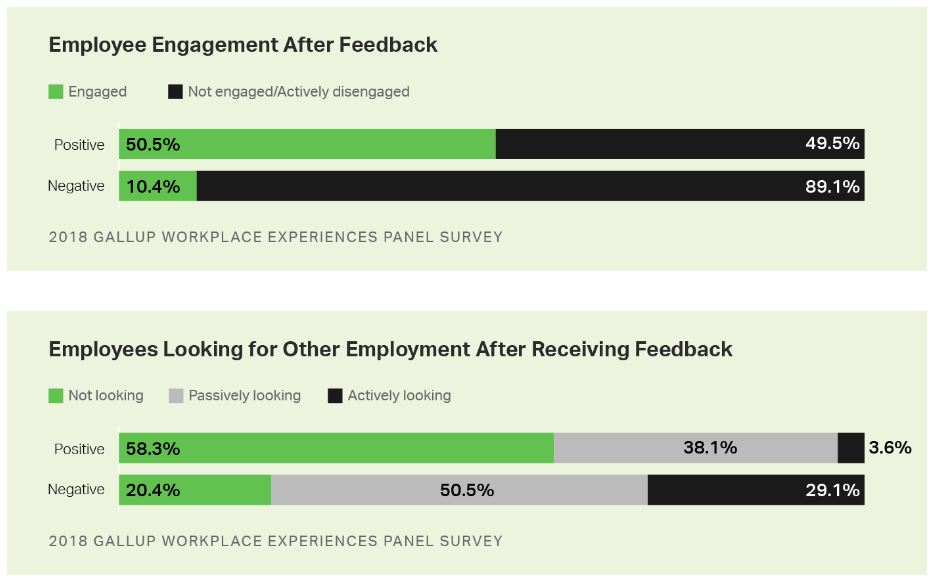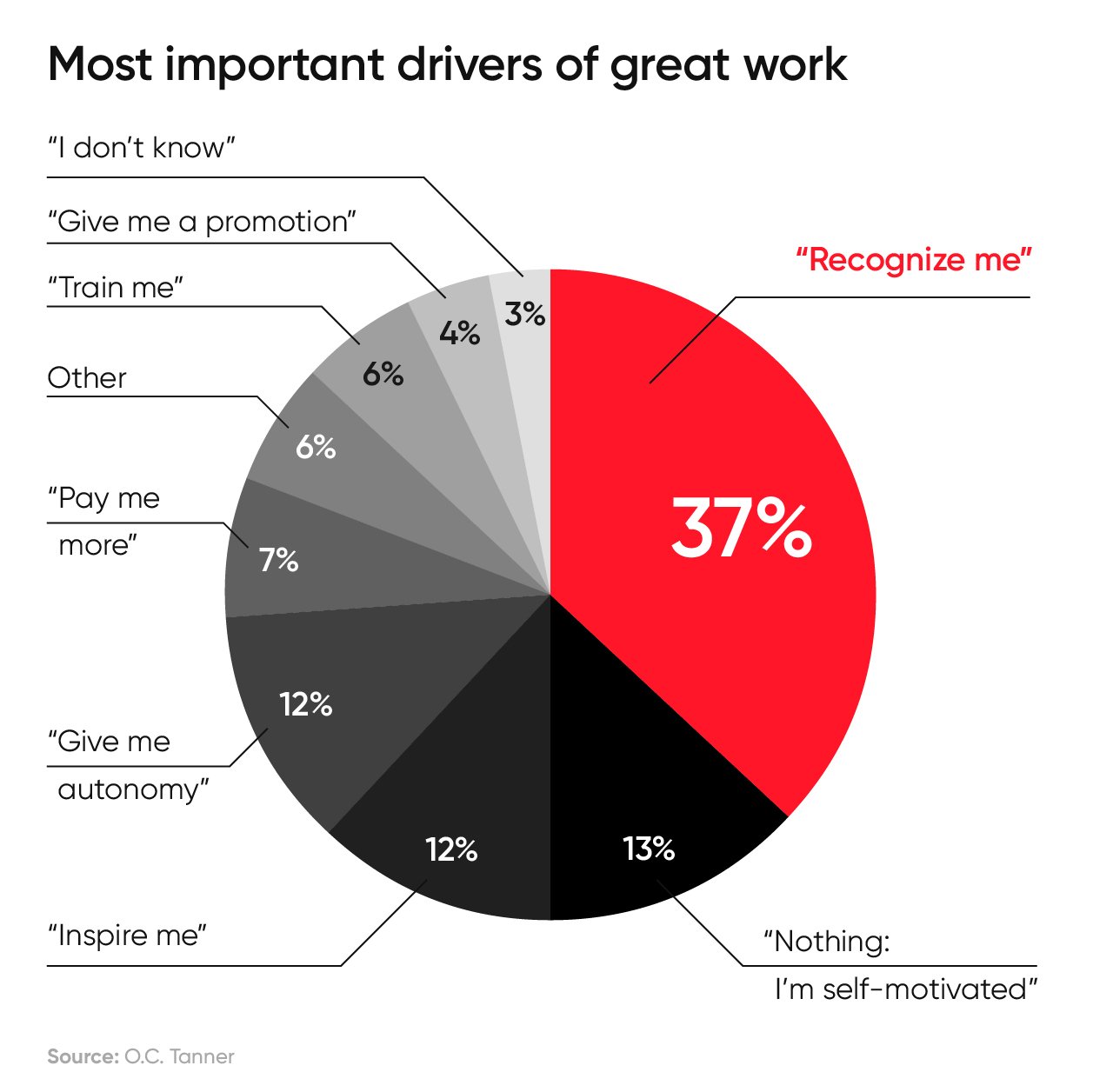Are you aware of the latest trend to hit the world of work? It is called “quiet quitting” and it has the potential to cost companies untold billions of dollars over the next few years if not resolved. Quiet quitting happens when a worker decides to do the bare minimum of job requirements and nothing extra. In other words, if you are paying someone to wash dishes, they will wash dishes, but not mop the floor or wipe off the counters or any other tasks that may be expected of a superlative employee seeking to impress management and achieve upward mobility. One Tik Toker explained it like this…
@zaidleppelin On quiet quitting #workreform ♬ original sound - ruby
Similar sentiments can be found in the “antiwork” forum on Reddit, on YouTube and on Tik Tok, where videos with the hashtag #quietquitting have been seen 3.9 million times (as of this writing). On one level, I find it strange that so many people would openly confess that they are doing the bare minimum at work. Perhaps they feel secure in the current job market? Or, maybe they feel so burned out that they no longer care about the possible repercussions? I cannot say for sure. What I can state with confidence, however, is that this trend is already impacting the bottom line of employers nationwide.
UNPRODUCTIVE WORKERS COST COMPANIES BILLIONS
If you think a few unengaged workers make no difference in the grand scheme of things, take note of the following quotes; unproductive workers costs companies billions of dollars.
According to a study by WalletHub...
“Corporate losses due to unproductive workers during March Madness” amounted to $13.8 billion dollars.
The Integrated Benefits Institute reported in 2020...
“Illness-related lost productivity costs employers $575 billion last year, according to a new study from the Integrated Benefits Institute (IBI), a nonprofit health and productivity research organization. For every dollar of the almost $950 billion spent on health care benefits, another $0.61 of productivity is lost to illness and injury.
Employees covered for sick time, workers’ compensation, disability, and family and medical leave benefits are absent about 978 million days due to illness and incur an estimated 540 million lost work days due to presenteeism (underperformance on the job by employees with chronic health conditions). This totals almost 1.5 billion days annually of illness-related absence.”
Gallup reported on unhappy workers with this amazing statistic…
Gallup research has found that the top 25% of teams — the best managed — versus the bottom 25% in any workplace — the worst managed — have nearly 50% fewer accidents and have 41% fewer quality defects. What’s more, teams in the top 25% versus the bottom 25% incur far less in healthcare costs. So having too few engaged employees means our workplaces are less safe, employees have more quality defects, and disengagement — which results from terrible managers — is driving up the country’s healthcare costs. Gallup research also shows that these managers from hell are creating active disengagement costing the U.S. an estimated $450 billion to $550 billion annually. If your company reflects the average in the U.S., just imagine what poor management and disengagement are costing your bottom line.
The financial shock of such losses are sure to concern management but, how do workers feel about reducing their input to the lowest acceptable level? Well, opinions vary.
WHAT ARE WORKERS SAYING ABOUT QUIET QUITTING?
Proponents of quiet quitting feel that their stance is justified because it incentivizes companies to pay extra for what they are used to getting for free.
Others see it as a way to reclaim their lives and personal sanity.
@claytonfarris4ever If i have to be the #quietquitting spokesperson i will be! Lets quietly quit the negative self talk and loudly start loving outselves #selflove #beherenow ♬ Pieces (Solo Piano Version) - Danilo Stankovic
Some think it’s a way to figure out your life goals, albeit at the employer’s expense. To quote HuffPost...
Nadia De Ala, founder of Real You Leadership, has quietly quit jobs in her career. She said doing so can buy you time to think about what you really want.
“Essentially, quiet quitting is my first step before eventually actually quitting and moving on to greener pastures once I was ready,” De Ala said. “I’ve done this for all the reasons you can think of: burnout, career stagnancy, career changes, toxic work cultures, dissatisfaction with leadership’s failure to promote diversity, equity and inclusion, you name it.”
Despite the trend among workers, there have been some detractors who see quiet quitting as a symptom of mismanagement and workers not expressing themselves adequately.
WHERE DID QUIET QUITTING COME FROM?
While this trend is growing in the USA and other countries, the roots of it, might extend from China. To quote The Daily Beast...
Since she graduated from college last year, Ziyi Zuo has left two well-paid jobs in Shenzhen and Beijing. The 22-year-old who is now unemployed has returned home to Tianjin in northeast China to embrace “lying flat,” a growing movement in China where young people are rejecting traditional Chinese competitiveness.
The Chinese Communist Party has clamped down on people sharing the new philosophy online but in an increasingly rigid social structure with a large wealth gap, the movement is proving irresistible.
“I felt consumed by work,” Zuo said. “My job every day couldn’t give me the feeling of satisfaction that I learned something new or that I realized my value.”
Lying flat, or tang ping in Chinese, describes a phenomenon among young people who, instead of striving for higher pay and social status in life, choose to simply lie down and give the bare minimum. It gained traction quickly after a now-deleted post on Tieba, a Chinese forum site, coined the word as a life philosophy.
WHAT CAN COMPANIES DO ABOUT IT?
So, if low employee engagement is a worldwide concern, what can be done about it? I discussed this on a recent episode of Tribepod with Stephen Costigan and Thomas Fisher of MetaSpark. In that episode, Stephen Costigan responded to my question on how to improve employee engagement, with this...
“Well, I have varying responses to this, but I really think improving engagement or maintaining or driving increasing engagement really comes down to being more concerned with employee welfare than ever before. And really ensuring that people understand the vision of the organization, the values and what their purpose is, because you know, that is just so critical to people being engaged, to understand how you as a person in an organization, impacts that organization’s success. Its really critical.”
I concur with his assessment and would add the following considerations.
- MAKE FEEDBACK A PRIORITY, but make sure it’s the right type of feedback. Gallup reported the following research....
"Congratulatory or corrective, feedback should motivate employees to do better work, position them for success and engage them. Reviews like Oliver's just deflate people. Gallup research shows that only 10.4% of employees whose manager's feedback left them with negative feelings (felt criticized, demotivated, disappointed or depressed) are engaged, and four out of five say they're actively or passively looking for other employment.
On the other hand, workers whose manager's feedback left them with positive feelings (felt inspired to improve or positive about knowing how to do their work better) are 3.9 times more likely to be engaged than employees who felt hurt, and only 3.6% of them are actively looking for another job.
So, managers should be as positive as they can be, when relating feedback to their reports. The effects can be highly consequential."

- PRAISE EFFORT AND REWARD SUCCESS, because a little bit of appreciation can go a long way. The Great Place to Work organization reported on a survey that bore this out. To quote...
Great Place to Work-Certified™ company O.C. Tanner studied employee engagement and how managers can tailor their workplaces to promote it.
An employee survey included the question, "What is the most important thing that your manager or company currently does that would cause you to produce great work?"
Respondents answered in their own words, providing a variety of responses, but a clear pattern emerged. 37% of respondents said that more personal recognition would encourage them to produce better work more often.
While other themes like autonomy and inspiration surfaced, recognition was the most common theme that emerged from responses. The study showed that affirmation, feedback and reward are most effective for motivating employees to do their best work.

- GET SERIOUS ABOUT MENTAL HEALTH, because the struggle is real. According to the 2022 State of Workforce Mental Health Report by global workforce mental health partner Lyra, “robust and comprehensive” mental health benefits are a key factor for people when considering a new job, and 59% would stay with a company because it offers these benefits. In a health study, they found that high-quality mental health care boosts employee retention. Another study that corroborates this finding was recently published on the JAMA Network. It found that a comprehensive, employer-sponsored online mental health benefit resulted in 25% fewer missed workdays and a 24% increase in productivity.
Quiet quitting will continue to affect the productivity and profitability of companies globally unless they safeguard their bottom-line by taking the utmost care of their employees. Should your company need assistance or advice on how to retain your top talent, click here to reserve a spot on our calendar. We will be happy to have a conversation. Operators are standing by.




